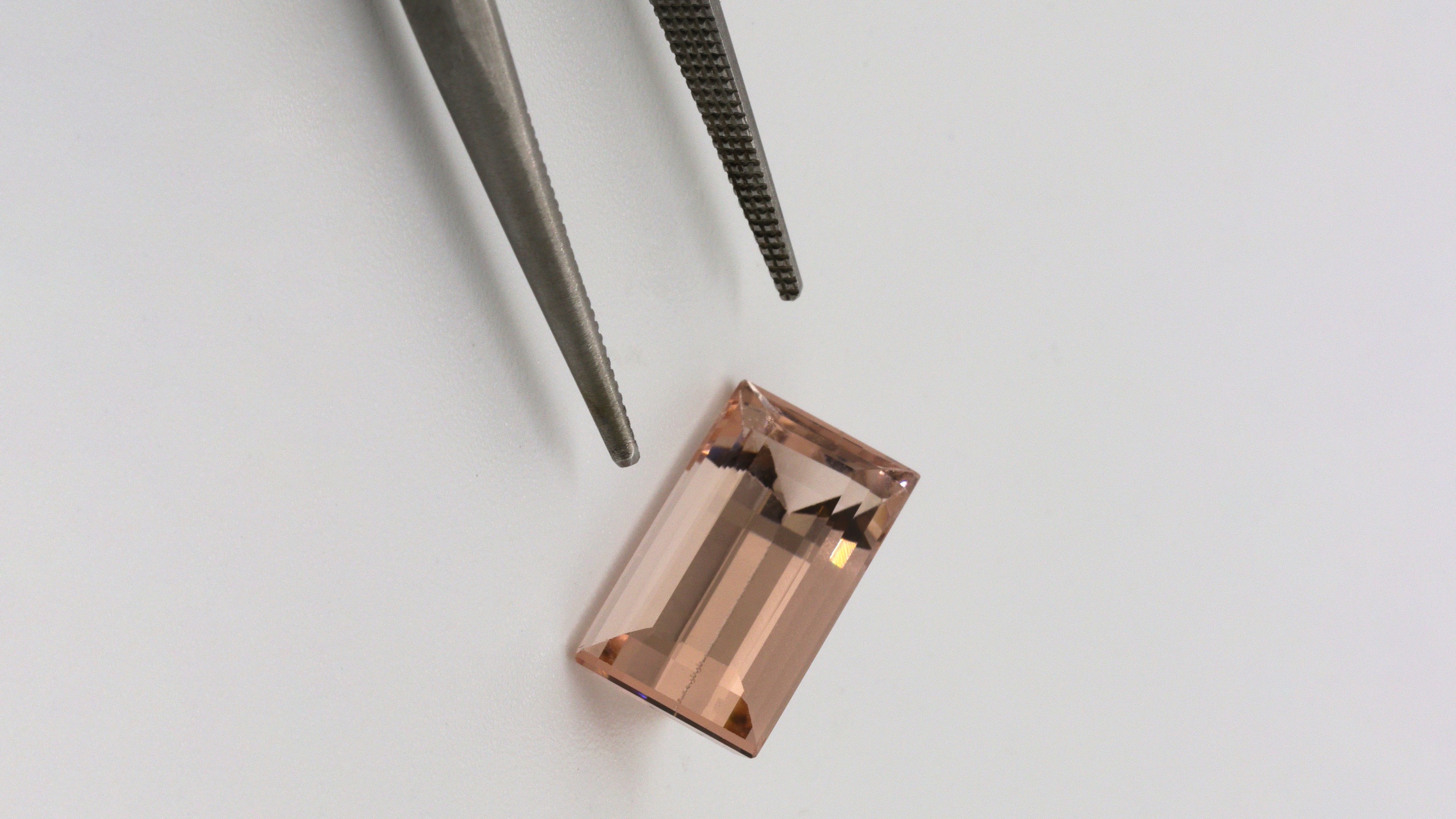Morganite is a relatively new gemstone in the jewellery industry and has been popularised in recent years. The stone has a pretty pink hue and is often said to be the most feminine gemstone due to its delicate colour. Morganite is a popular choice in jewellery and can add a touch of elegant sparkle to any outfit. If you are interested in learning more about this gemstone, keep reading for our list of 10 interesting facts about morganite.
1. Morganite was first discovered in 1910.
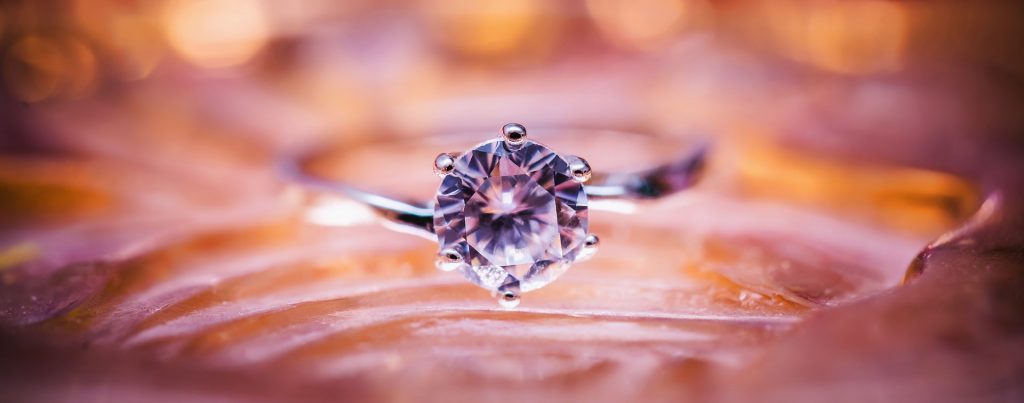
The stone was first discovered in Madagascar in 1910. It was found by George Kunz who was the chief gemologist for Tiffany & Co at the time. Kunz spent much of his life researching gemstones and wrote over 300 articles on the topic. The gemstone ‘Kunzite’ was named in his honour.
2. This gemstone can be found in countries all over the world.
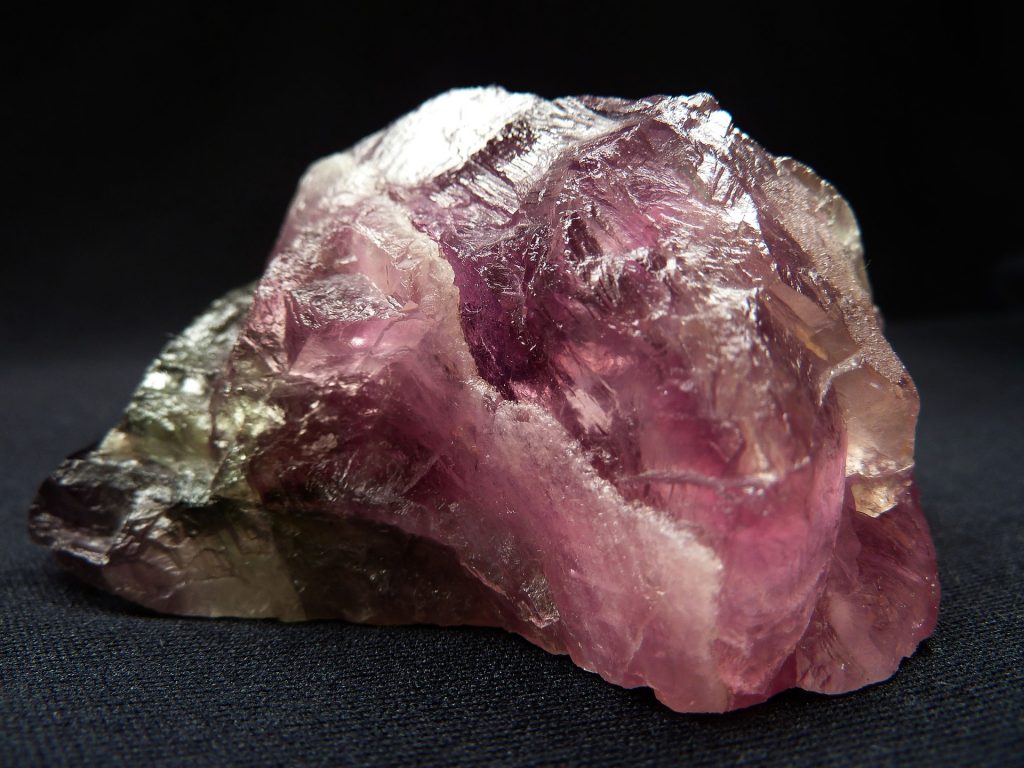
Morganite has been discovered in countries across the globe. The majority of the world’s supply of the gemstone comes from mines in Brazil. However, it has also been found in countries such as Afghanistan, Mozambique, Namibia and the United States of America.
3. The colour and tone of morganite will impact its value.
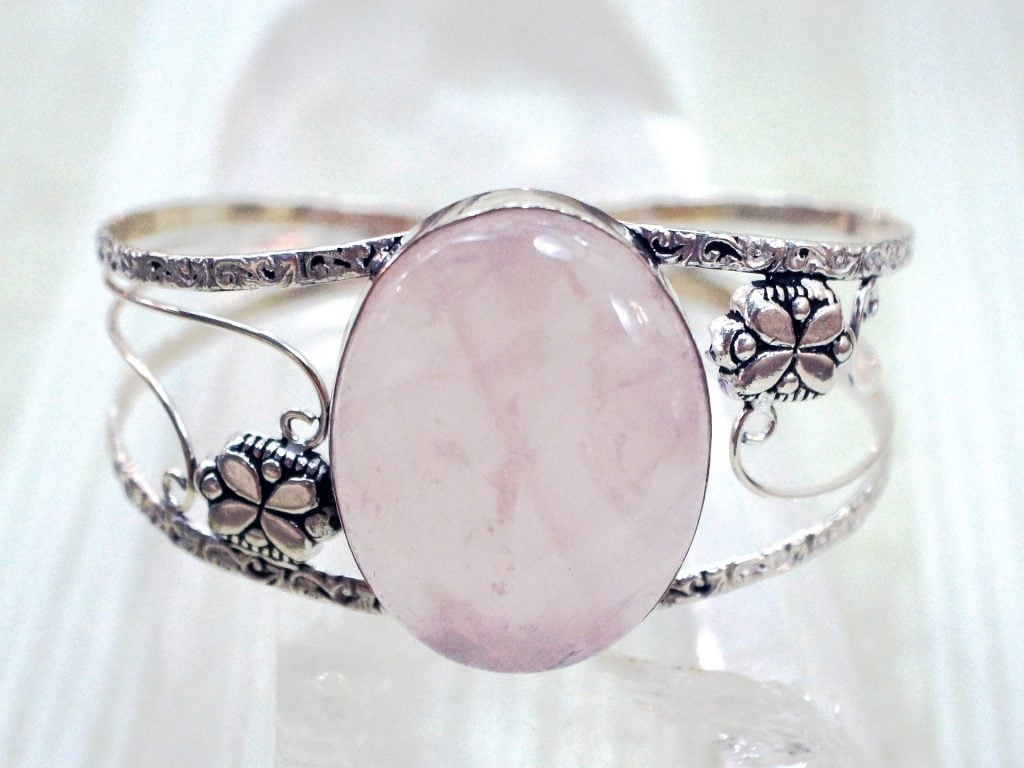
The colour and tone of morganite can vary significantly between stones with some appearing more of a peach-toned pink and others a shade of baby pink. Morganite found in Brazil tends to be peach toned, whereas morganite found in Africa often has a baby pink hue. Strong colour is rare in morganite, so the bolder the tone, the higher the value.
4. Morganite is a member of the beryl family.
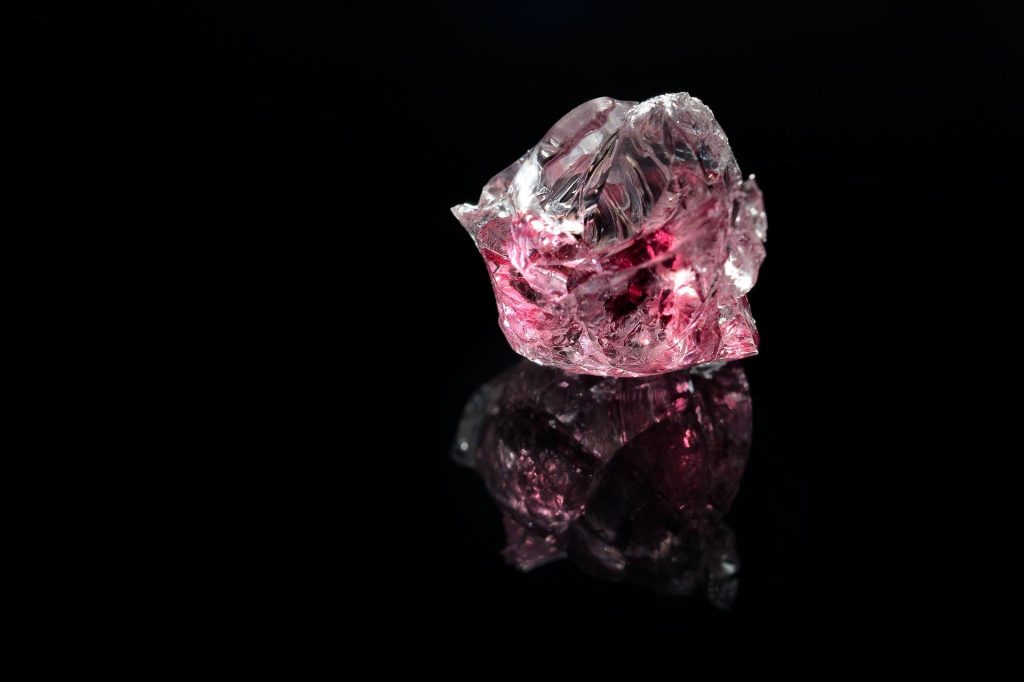
The beryl family features several other popular gemstones, including emerald and aquamarine. Morganite is rarer than aquamarine and tends to have less inclusions that emerald. The colour of morganite is caused by trace amounts of manganese.
5. The gemstone was named after J.P. Morgan.
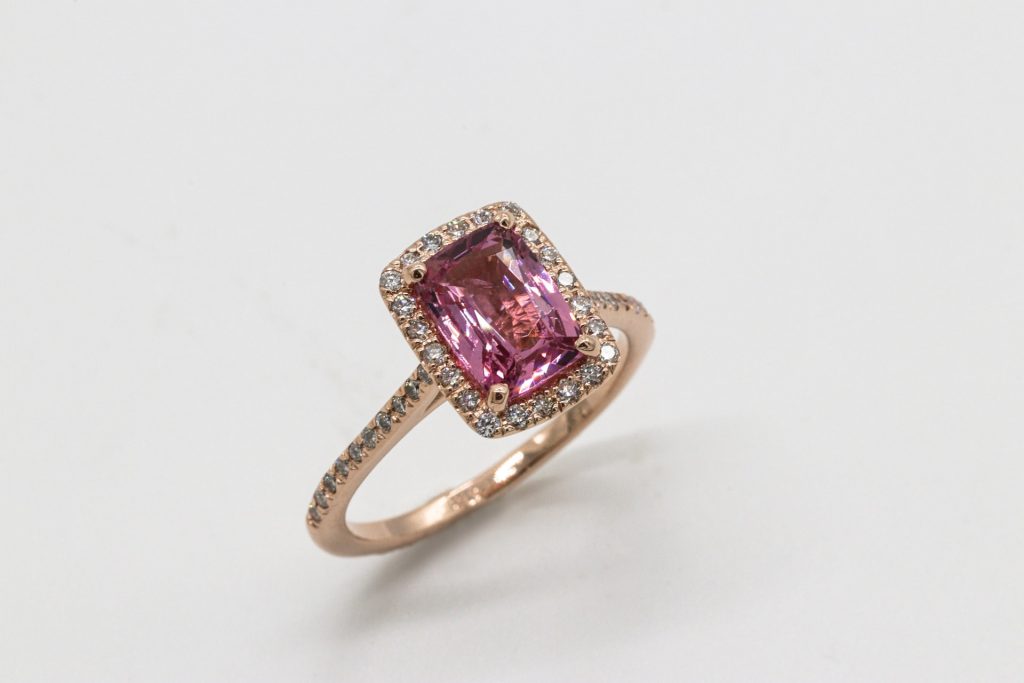
J.P. Morgan was an American financier and banker who lived between April 1837 and March 1913. Morgan was a friend of George Kunz, the man who discovered morganite, and was invested in his work. When he discovered this gemstone, Kunz suggested that it be named after J.P. Morgan as a way to acknowledge the financial support he had provided to the arts and sciences.
6. The largest ever sample of morganite weighed 50 pounds.
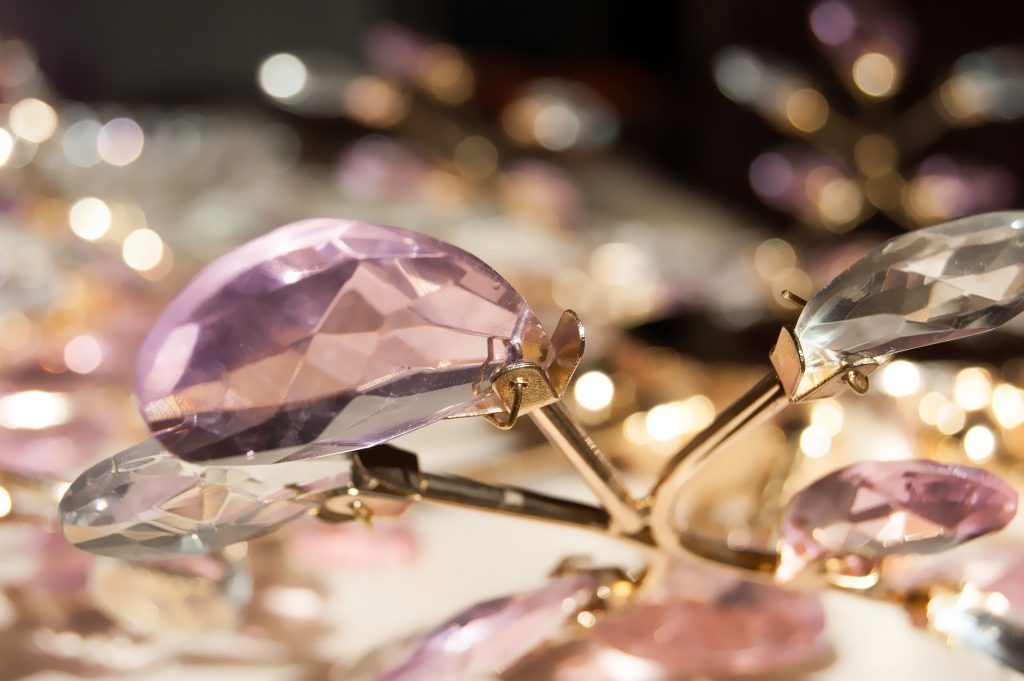
The largest ever specimen of morganite was found on the 7th October 1989. It was mined in a town named Buckfield in Maine, USA. The stone measured 30cm in length and weighed 50 pounds. It had a pink and orange tone. Later, the stone was split into several smaller pieces. The largest was named the “Rose of Maine” and now resides in Harvard’s mineral museum.
7. Morganite is rated between 7.5 and 8 on the Mohs scale.
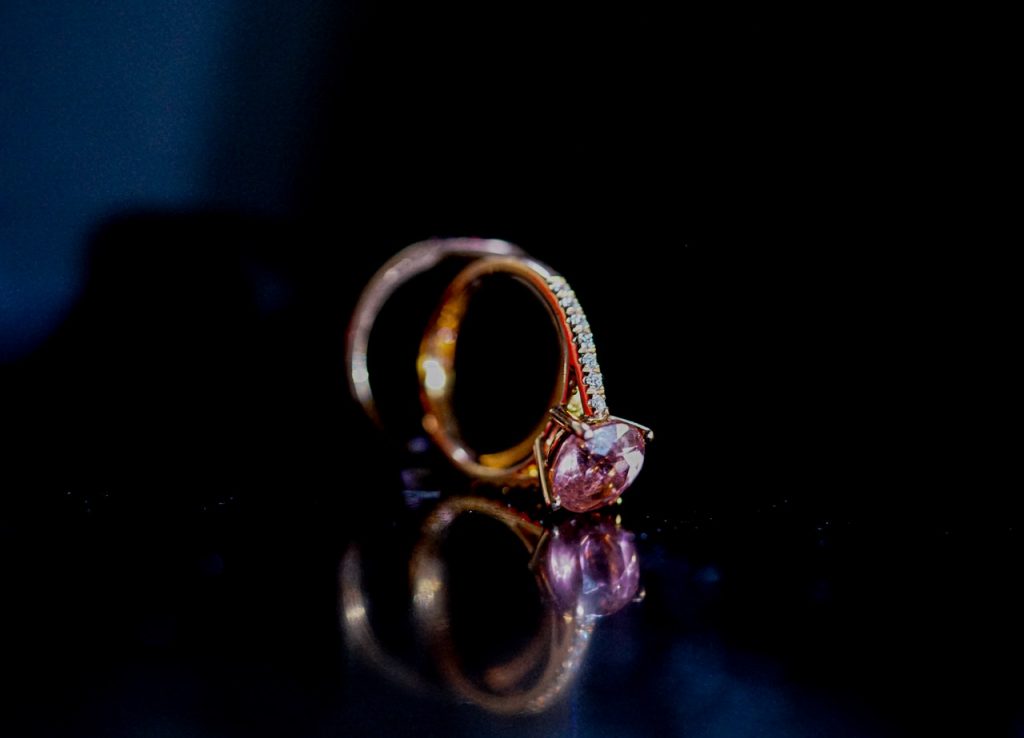
Morganite is a relatively hard gemstone, although it is less hard than diamond, ruby, sapphire and topaz. It is suitable for use in jewellery as long as it is protected from hard scrapes and knocks and treated with care.
8. This gemstone is deeply associated with love and attraction.
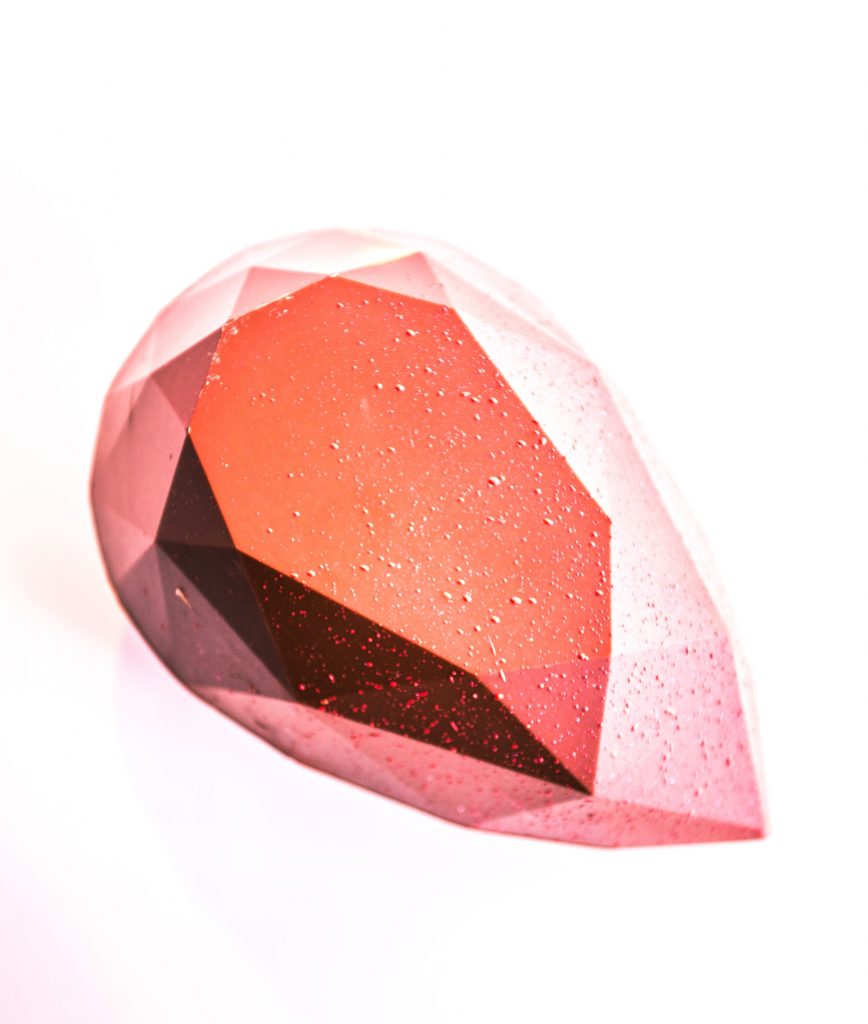
Like many gemstones, morganite has many spiritual beliefs attached to it. This stone is mainly associated with love and attraction, with some believing that wearing morganite aids in the discovery of one’s soulmate. Some also believe that morganite can relieve stress and anxiety, increase patience and improve productivity.
9. The largest uncut sample of morganite weighs 6900 carats.
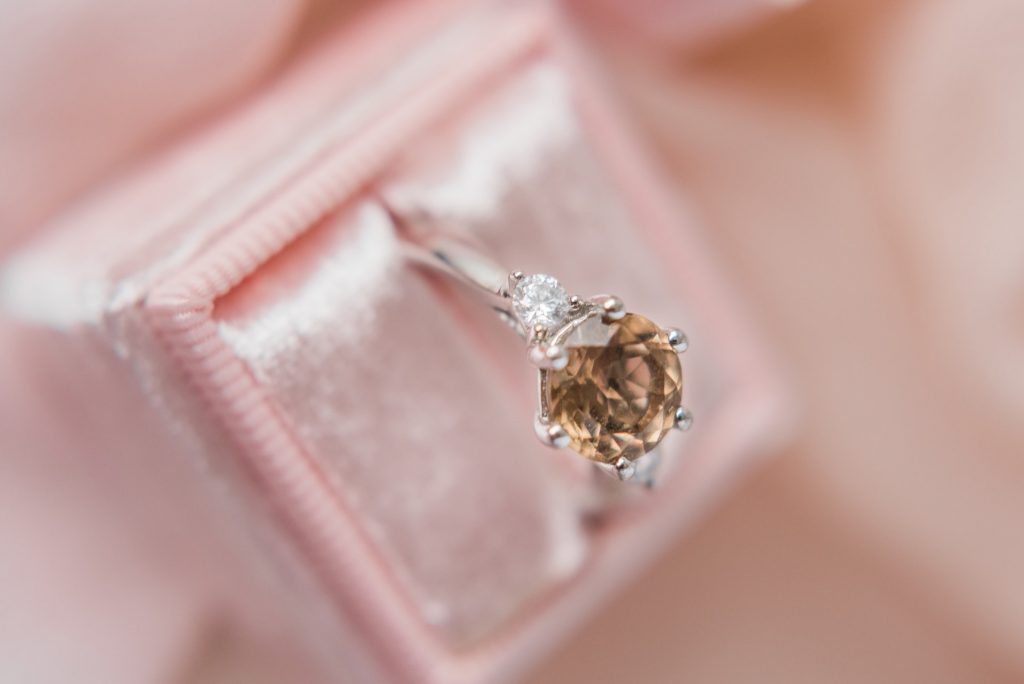
According to Guinness World Records, the largest uncut sample of morganite weighs 600 carats, which roughly equates to 1.38 kilograms. This gemstone is kept in the Medici Collection in Los Angeles, USA.
10. In recent years, morganite has become a popular choice in engagement rings.
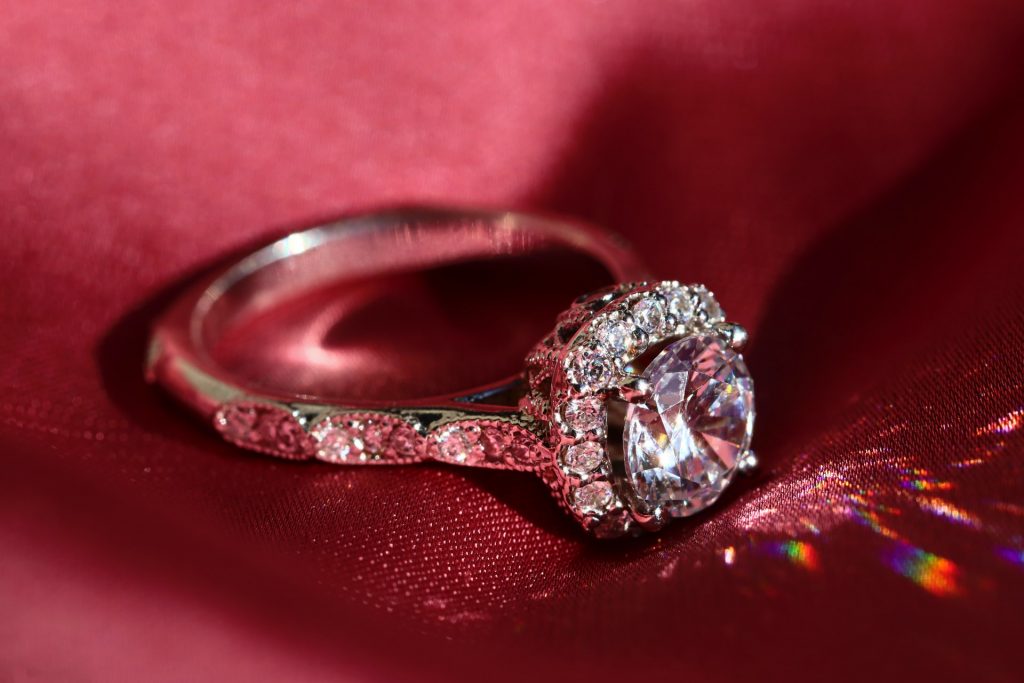
For decades, diamonds were thought to be the one true stone to be used in an engagement ring. However, in recent years many people have tried to add a unique twist to their engagement rings by using coloured gemstones as the centrepiece. Morganite is currently the third most popular choice for an engagement ring stone, with diamond in first place and sapphire in second.
If you are interested in adding morganite to your jewellery collection, click here to browse morganite jewellery on our website.
What did you think of our 10 interesting facts about morganite? Do you know any others? Let us know in the comments below!

